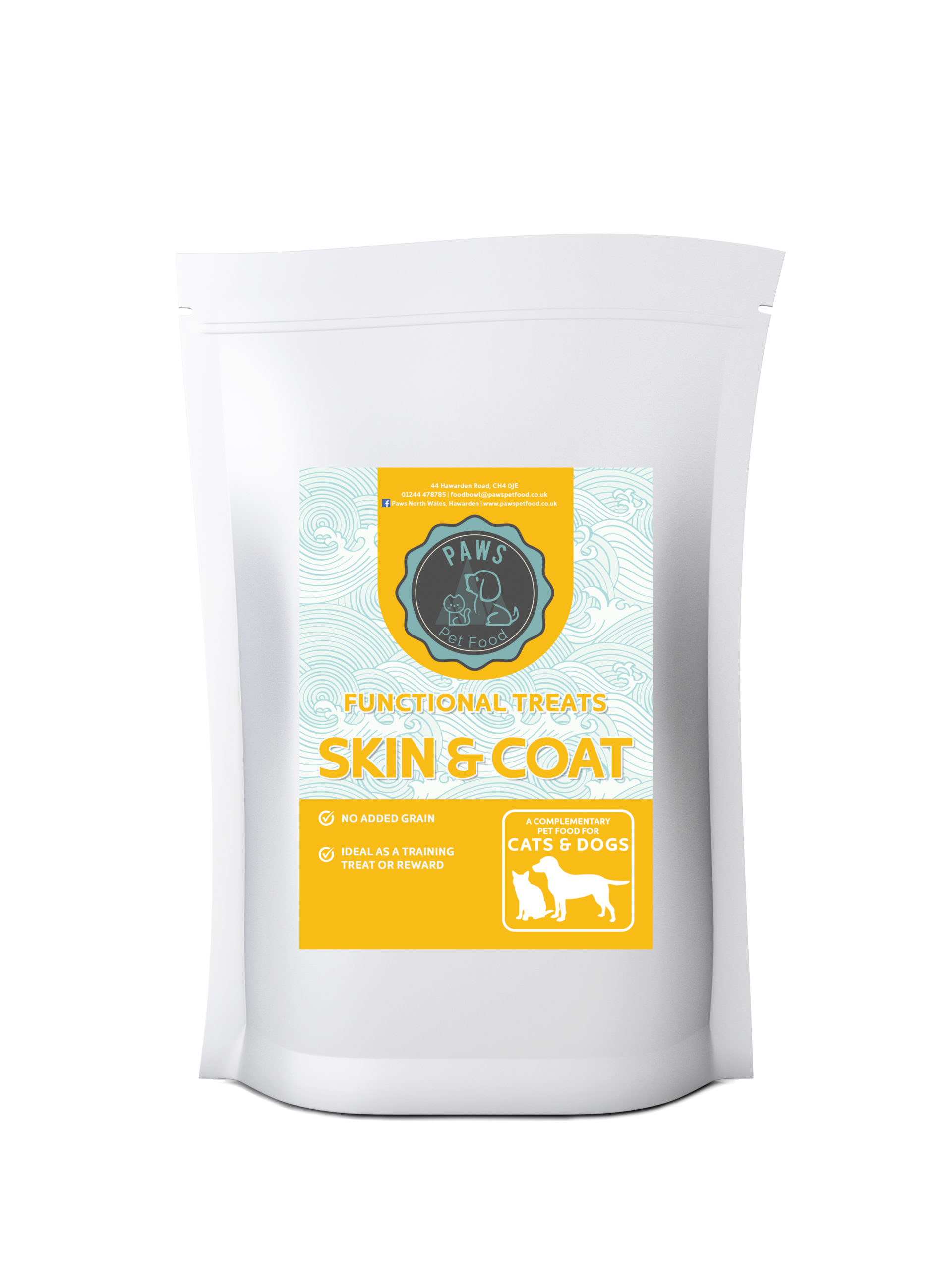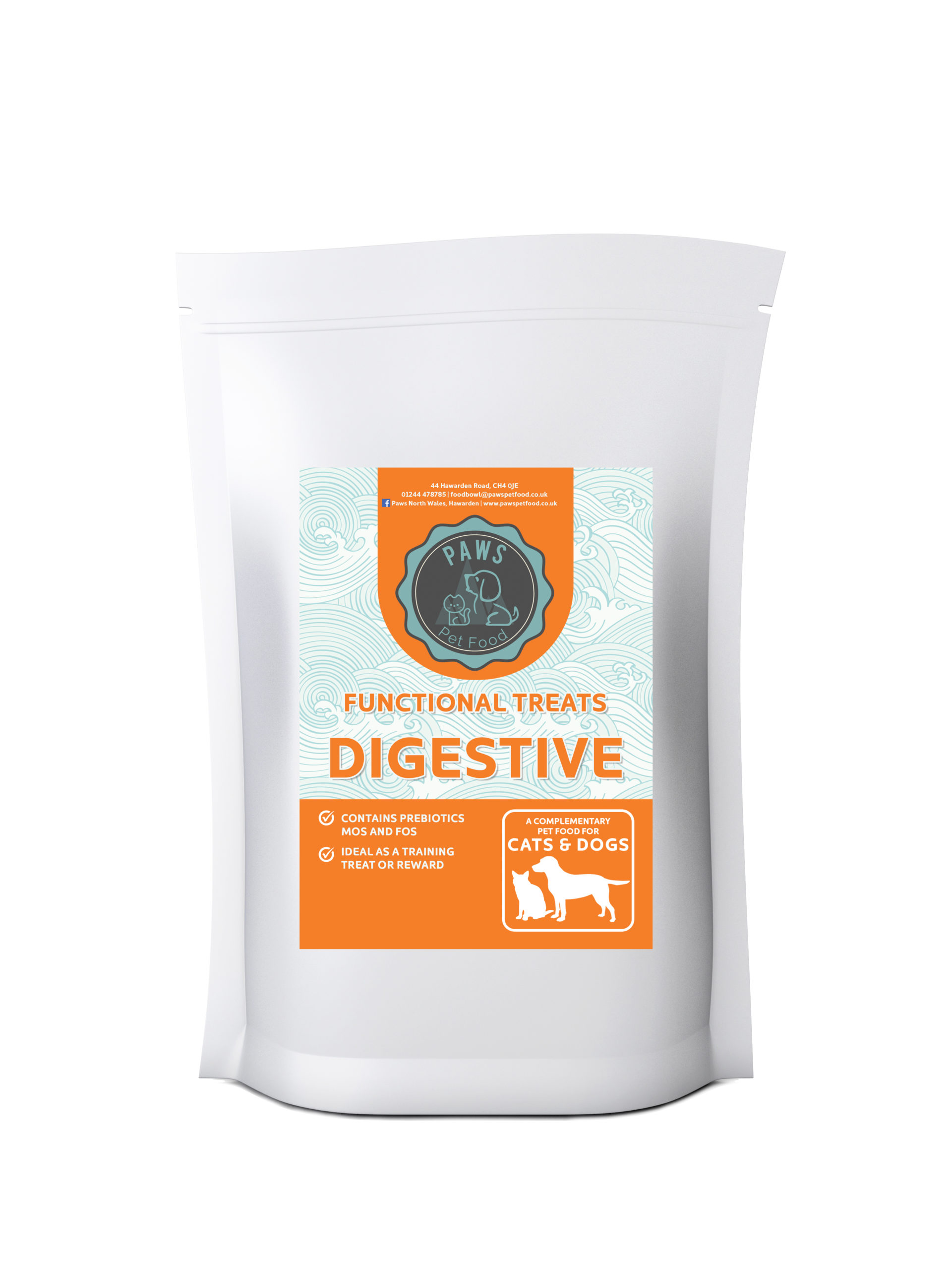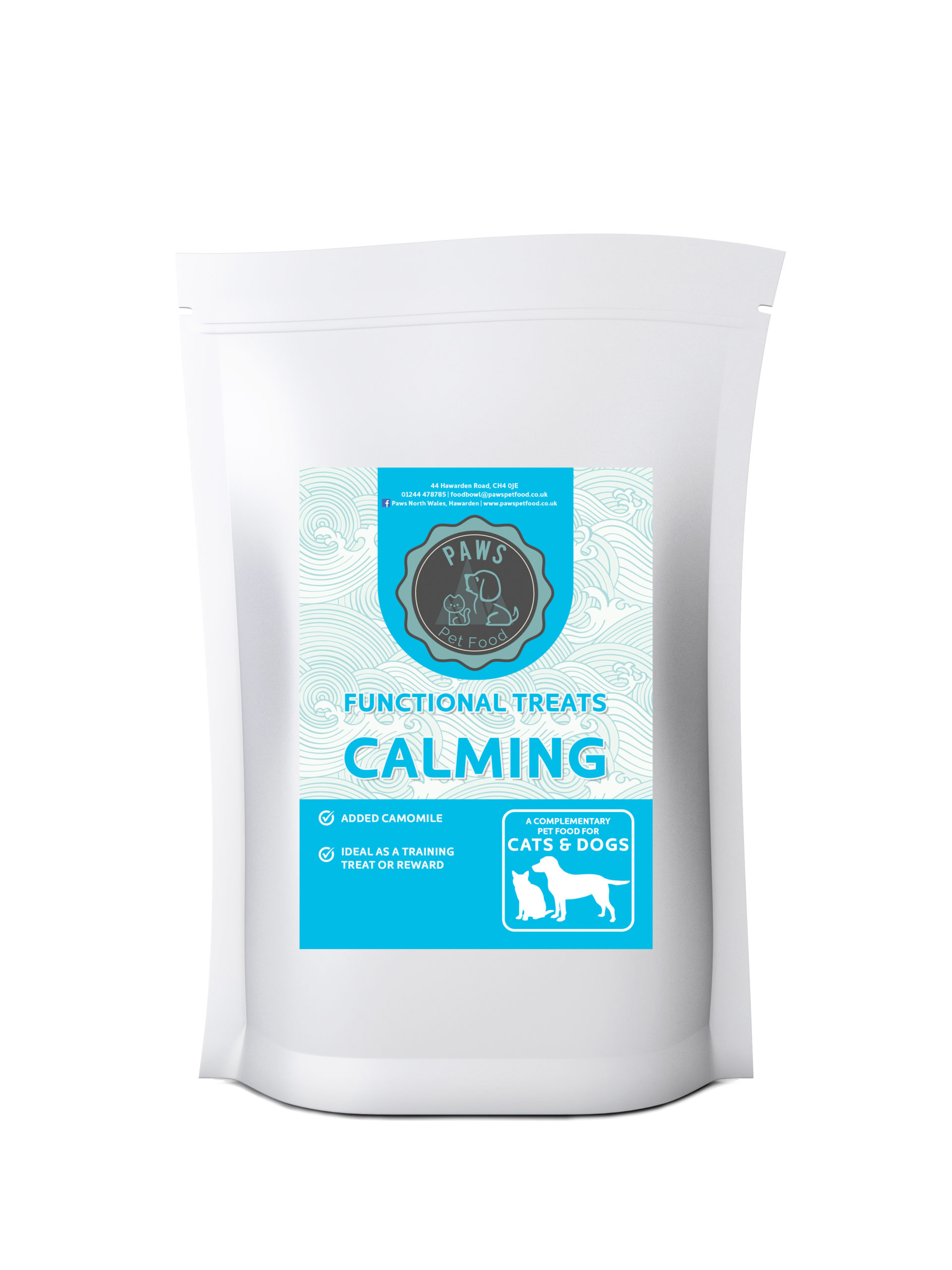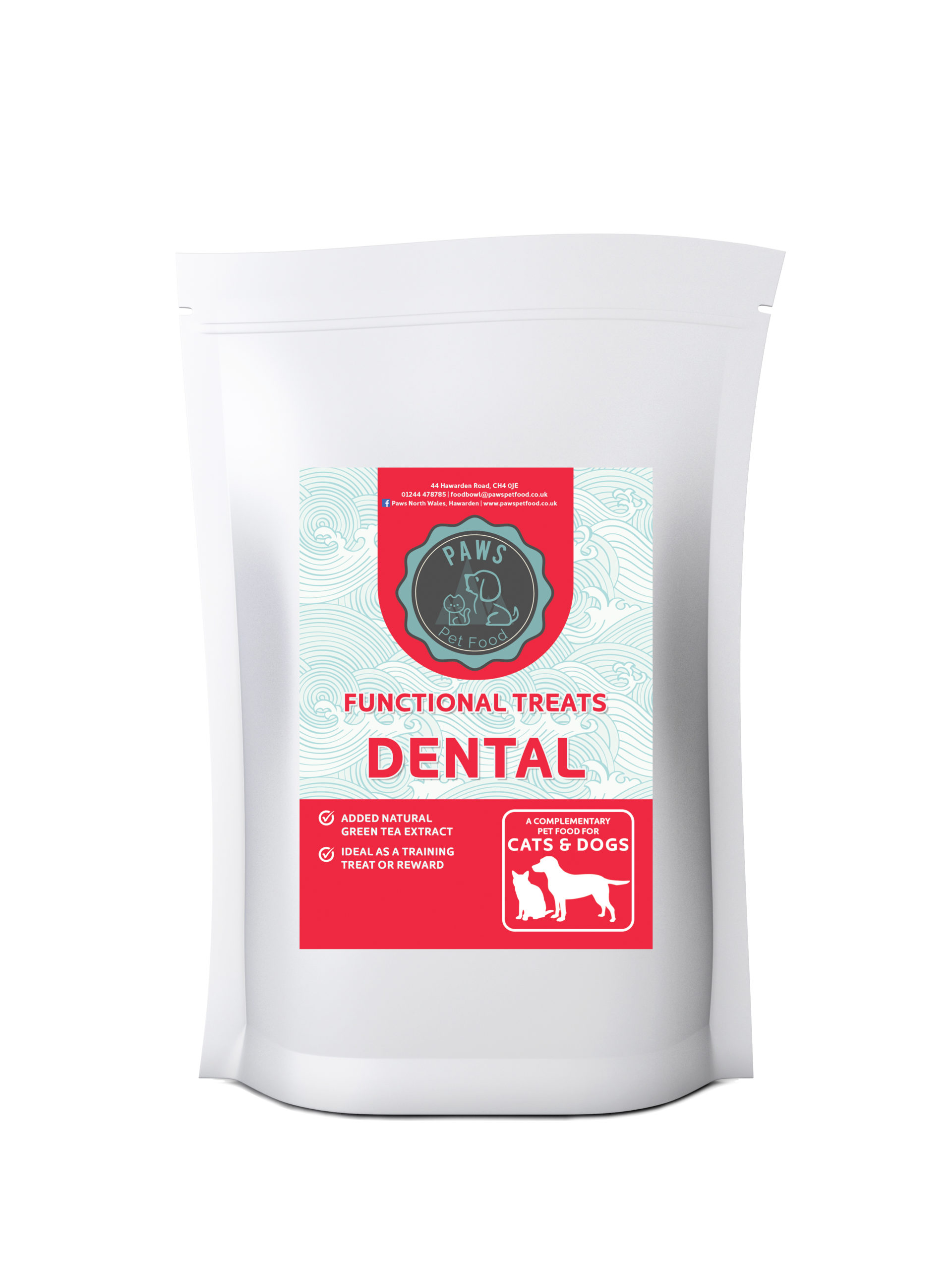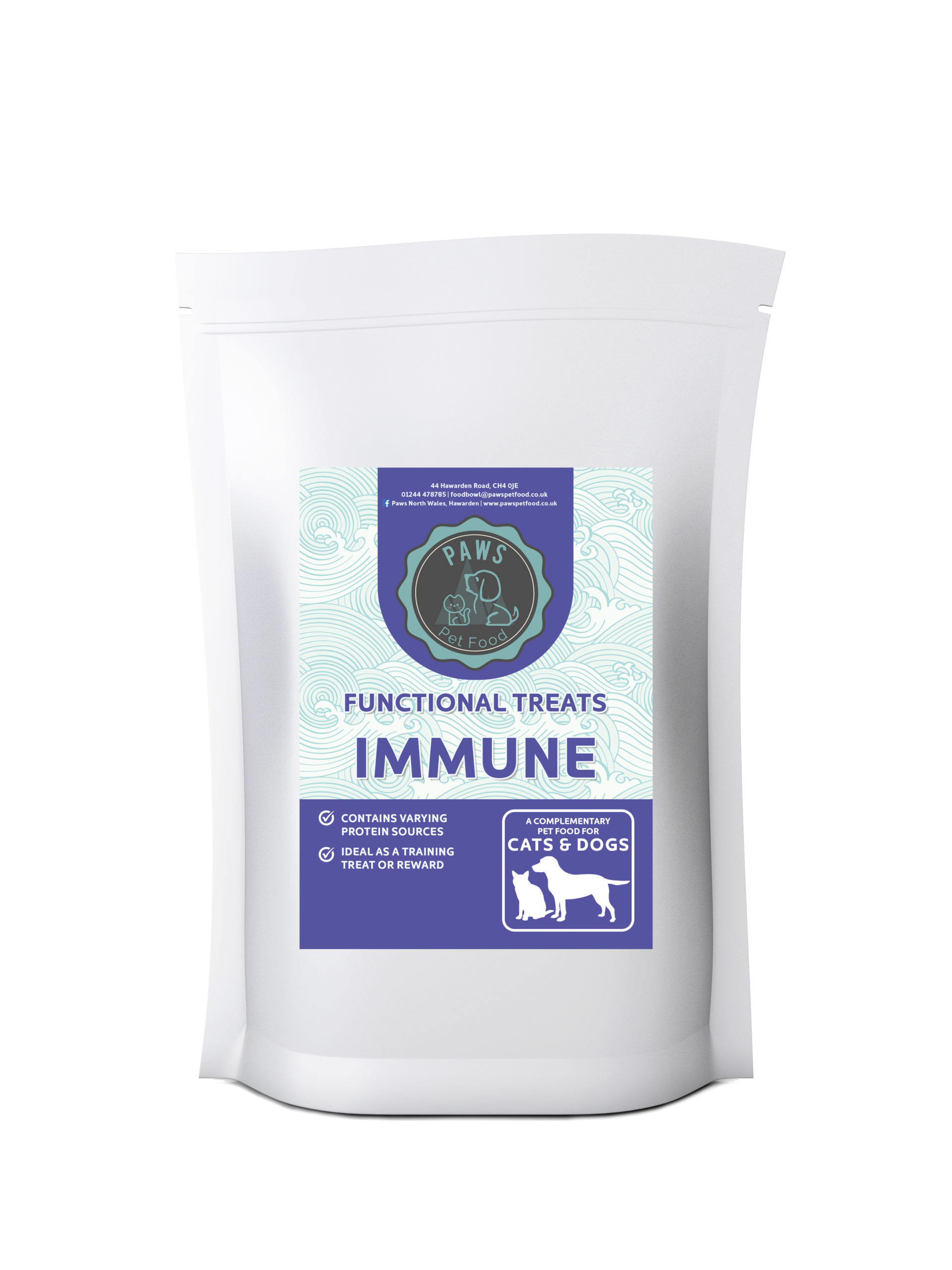 What is the key difference between a cat and dog when it comes to nutritional needs?
What is the key difference between a cat and dog when it comes to nutritional needs?
As cats are obligate carnivores, they have unique nutritional requirements that differ from dogs, who like us are omnivores. Cats have a higher protein requirement than dogs, at least one-third of a healthy adult cat’s diet should consist of protein.
Proteins are made from building blocks called amino acids, some of which animals can synthesise themselves within the body, however, there are some known as essential amino acids that must be supplied by the diet instead. Cats have 12 essential amino acids required in their diet, while dogs only have 11.
What are the most important things in a cat food recipe?
Two of the most important things needed in a cat food recipe are the essential amino acid taurine and also Vitamin A. Cats are unable to produce taurine themselves, so it’s essential that we provide a sufficient level within their diet. A taurine deficiency can lead to blindness and heart failure, so ensuring cats receive enough taurine is extremely important to support eye and heart health.
Supplementary vitamin A is also essential in cat food. Dogs have the ability to convert beta carotene, found in vegetables such as sweet potato, carrots and leafy greens into Vitamin A, however, cats aren’t as well adapted to produce this themselves, so ensuring their diet is rich in Vitamin A is vital to prevent skin and coat deterioration, maintain eye health and prevent muscle weakness.
Why are cats so notoriously particular when it comes to mealtimes?
Domestic cats have evolved from hunters, who in the wild would eat freshly killed prey. This has lead to our felines having a heightened sense of taste and smell, which would mainly have been used as a safety mechanism to prevent them from ingesting spoiled meat. Flavour, texture and smell are important in helping to encourage cats to accept food.
What went into creating the Connoisseur Cat range? 
Our mission was to create a range of extremely palatable products specifically formulated for cats. It was important for us to spend time researching exactly what cats love and to learn what specifically makes food palatable to them.
Our research included looking at popular protein sources for cats and the best inclusions of these fresh and dried meats. We also considered clean carbohydrate sources that would positively influence taste, the importance of what is coated on the outside of the kibble to enhance the aroma, the quality of the ingredients used and how the shape, size and texture effects the acceptance of the end product. Many factors come together to influence palatability, so the product development journey was finding the correct balance between all these factors to produce the highest quality product we were confident cats would love.
At least one-third of a healthy adult cat’s diet should consist of protein.
What type of tests do you perform to ensure the recipe is the most palatable?
To make sure we are absolutely confident our recipes are palatable to cats, we’ve carried out a series of feeding trials. To test palatability we use a ‘two bowl’ test, where a number of cats are each presented with Option A and Option B. The presentation of the bowls is swapped each day to ensure there’s no bias to one particular side. From this, we can analyse which option each cat selected first and also which option they consumed the most of, so we can be sure that cats love our recipes.
Cats are unique and should never be fed dog food, as this may not provide sufficient nutrients to keep them healthy!
To order your Connoisseur Cat recipes, please click on the products below.


 What is the key difference between a cat and dog when it comes to nutritional needs?
What is the key difference between a cat and dog when it comes to nutritional needs?




